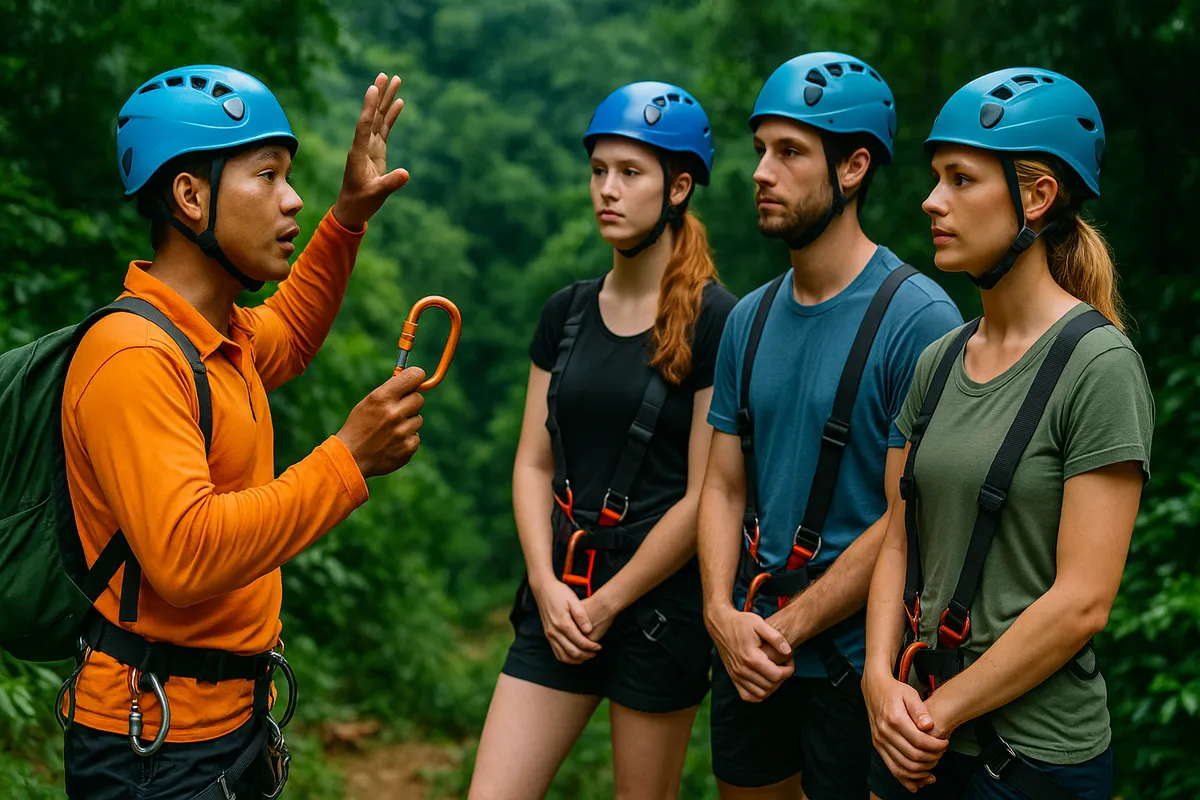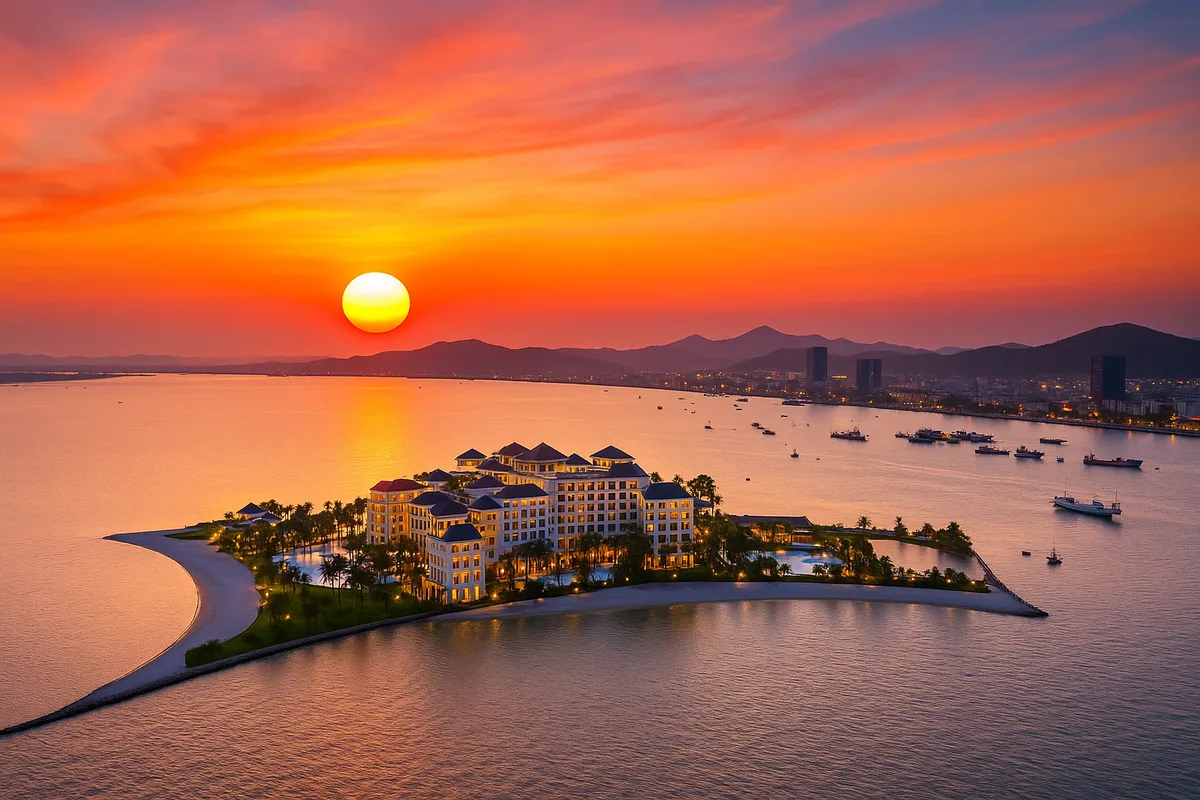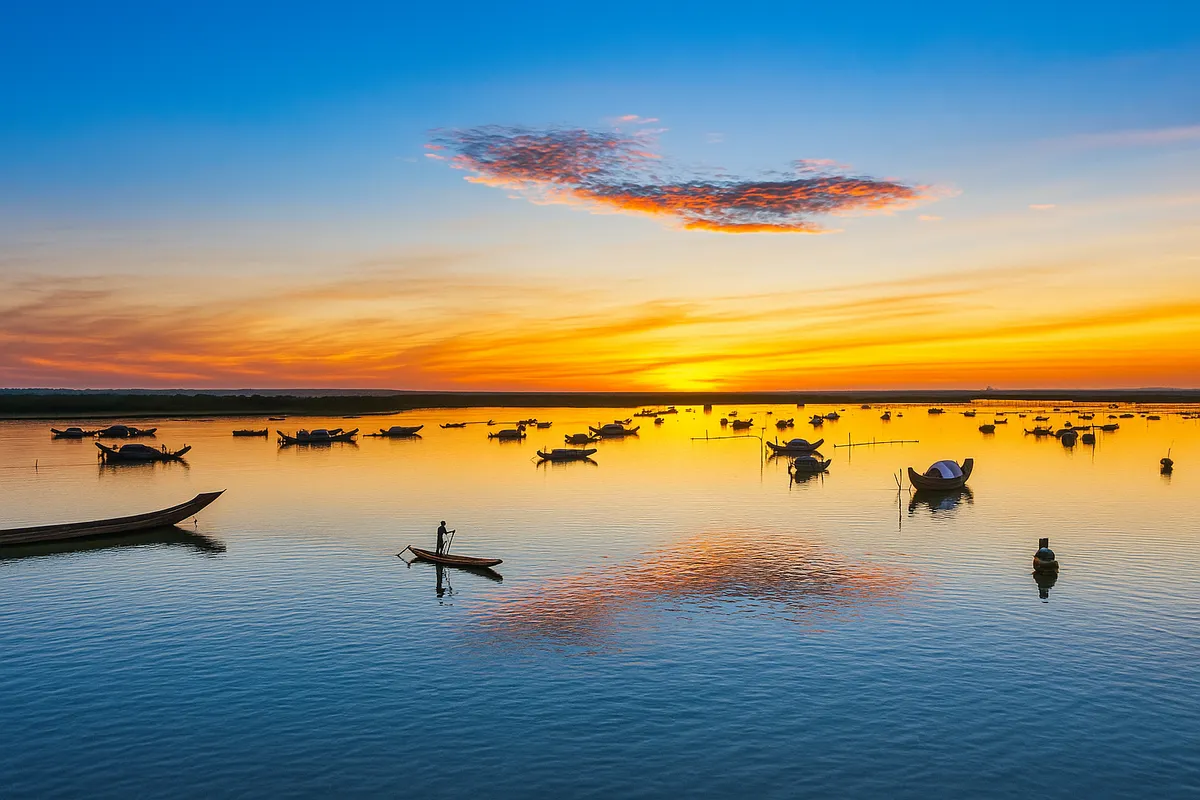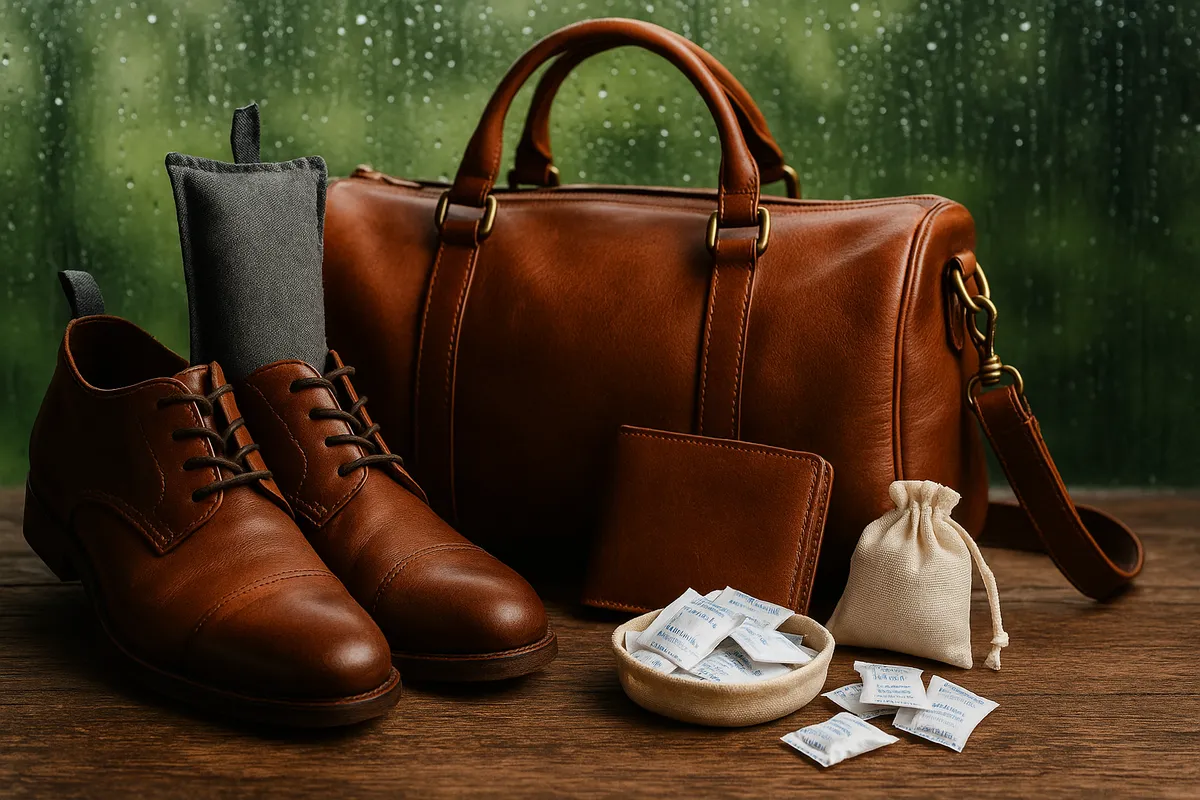Experience of traveling to Cai Rang Floating Market from 5am
- Tuesday, Jun 17, 2025, 20:35 (GMT+7)
Experience of traveling to Cai Rang Floating Market from 5am
Cai Rang Floating Market is more than just a tourist attraction. It represents the vibrant cultural identity of Southern Vietnam’s river communities. Located along the Can Tho River, about six kilometers from the city center, this market is not only a place of commerce but also a reflection of lifestyle, tradition, and human connection in the Mekong Delta. For a truly fulfilling experience, travelers need to plan carefully, covering transportation, ideal visiting times, local cuisine, accommodation, and practical insights that go beyond common knowledge.
From Ho Chi Minh City, there are several ways to reach Can Tho. The fastest and most convenient is by air. Direct flights from major cities like Hanoi, Da Nang, or Ho Chi Minh City to Can Tho International Airport take between 45 to 90 minutes, with fares ranging from 800,000 to 1,400,000 VND depending on the booking time. For those looking for a more affordable option, high-quality bus services such as Phuong Trang, Thanh Buoi, or Mai Linh are available, offering comfortable journeys at about 150,000 VND and taking around three and a half to four hours. Travelers who prefer flexibility can drive or ride motorbikes, especially if they plan to explore surrounding provinces in the delta.
The market is most vibrant from 5 AM to 7 AM. This is when hundreds of boats gather to trade agricultural produce, creating a lively and authentic scene. It is best to depart from Ninh Kieu Wharf, where you can hire a small passenger boat. Prices typically range from 25,000 to 50,000 VND per person, depending on the group size. To avoid confusion or overcharging, it is important to agree on the route and price in advance.
A unique feature of Cai Rang Floating Market is the use of bamboo poles to display goods for sale. These poles are called "cay beo" and are placed upright at the front of the boats to showcase the items being offered. If you see a pineapple hanging on the pole, that means pineapples are for sale. This system helps buyers identify products from a distance. The market functions as both a trade center and a communal space where everyday life takes place on water.
One of the highlights of visiting this market is having breakfast on the river. Local vendors cook and serve meals right on their boats. Dishes include hu tieu (noodle soup), banh mi chao (Vietnamese-style bread and eggs), chao ca loc (snakehead fish porridge), and traditional sweet cakes. Coffee vendors also offer ca phe sua da, made with boiled river water and ice blocks. Prices are reasonable, ranging from 15,000 to 30,000 VND. A useful tip is to choose boats that attract many local customers, as they usually offer better food and fair prices.
After visiting the market, many travelers continue their trip to nearby fruit orchards such as Vam Xang or Ong Sau Gia Garden in Phong Dien. These gardens are most enjoyable during the harvest season from May to August. Visitors can pick fruit directly from the trees, taste tropical varieties on the spot, and learn about farming practices from the orchard owners. The experience is immersive and often includes a guided walk through lush, green landscapes.
Can Tho offers a wide range of accommodation options. Staying in the city center provides easy access to landmarks like Ninh Kieu Wharf, Binh Thuy Ancient House, and the walking bridge across the Can Tho River. Hotels like TTC Hotel Premium, Vinpearl Hotel Can Tho, and Azerai Can Tho Resort cater to travelers seeking comfort and convenience, with prices starting from 800,000 VND to over 2 million VND per night. For a more local and intimate experience, homestays such as Mekong Rustic or Nha cua May in Cai Rang or Phong Dien are highly recommended. These places allow guests to experience riverside living and connect with the daily rhythms of the Mekong.
For photography enthusiasts, Cai Rang Floating Market offers excellent opportunities to capture authentic moments. The best time for photos is between 5:30 AM and 6:30 AM when the morning light creates a golden hue over the river. The soft mist, reflections on the water, and vibrant activity among the boats combine to produce stunning compositions. Wide-angle lenses and HDR modes on smartphones are especially useful for this setting. Shooting toward the east to catch the rising sun behind the boats adds a dramatic touch.
To make the most of your visit, there are several things to keep in mind. Avoid unauthorized boats that may offer cheap tours but skip the main market area. Always choose boats with clear signage and safety equipment. During the flood season from September to November, water levels rise significantly, so extra caution is advised when getting on and off boats. It is also wise to bring a lightweight raincoat, sunscreen, mosquito repellent, and waterproof bags for electronics. The early morning air can be chilly, so a light jacket is useful, especially for children or elderly travelers.
A practical tip that many overlook is to carry small bills for easier transactions. To avoid crowds, it is best to visit on weekdays rather than weekends or holidays. And most importantly, take the time to talk to the vendors. They are often happy to share local stories, food recommendations, and even photography advice that you will not find in any guidebook.
Cai Rang Floating Market is not just a place to visit. It is a living museum of the Mekong Delta’s river culture. While modernization continues to reshape the urban landscape, this market retains the essence of traditional life on the water. With thoughtful preparation and an open mind, travelers can enjoy an experience that is both meaningful and unforgettable. This journey offers more than memories. It offers a deeper understanding of a region where commerce, community, and culture continue to flow together like the river itself.

 CHECKIN.VN
CHECKIN.VN








Share on